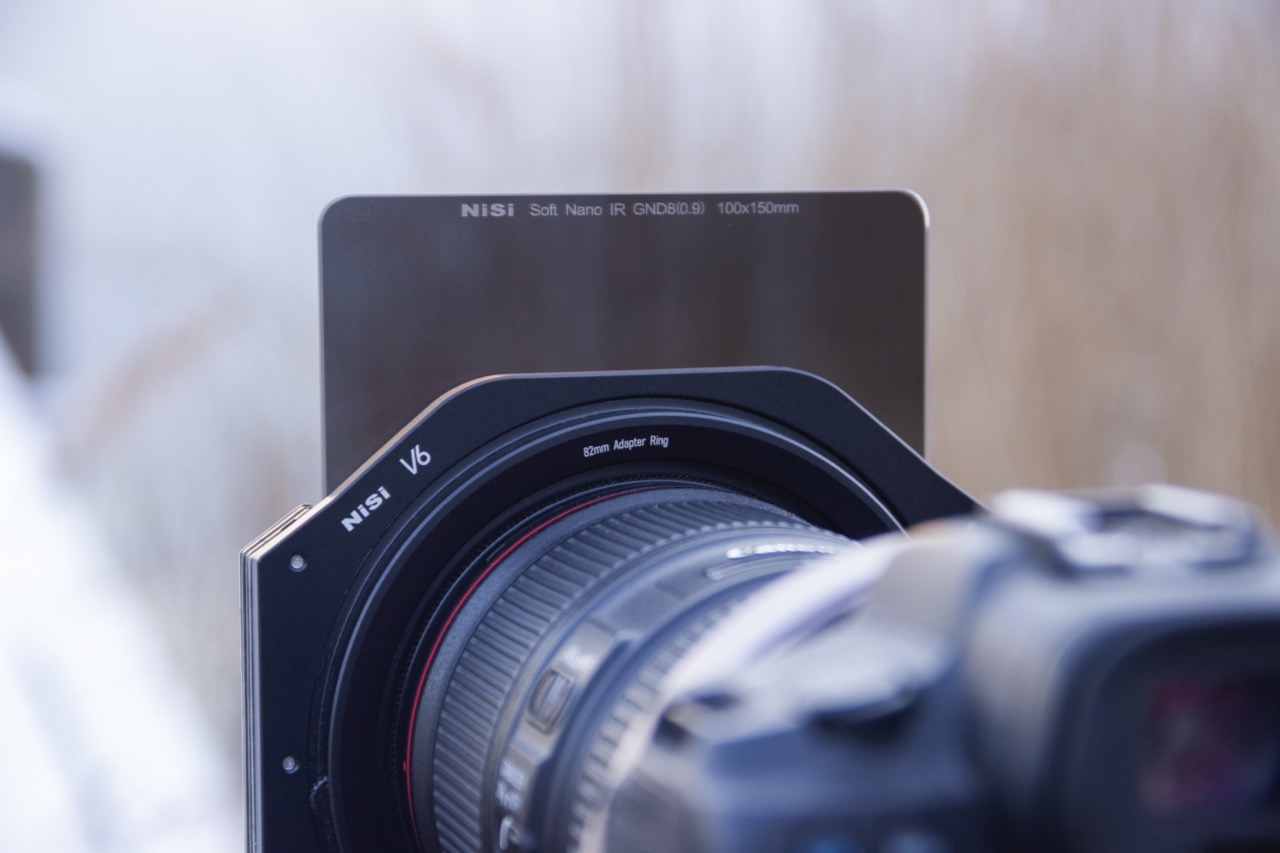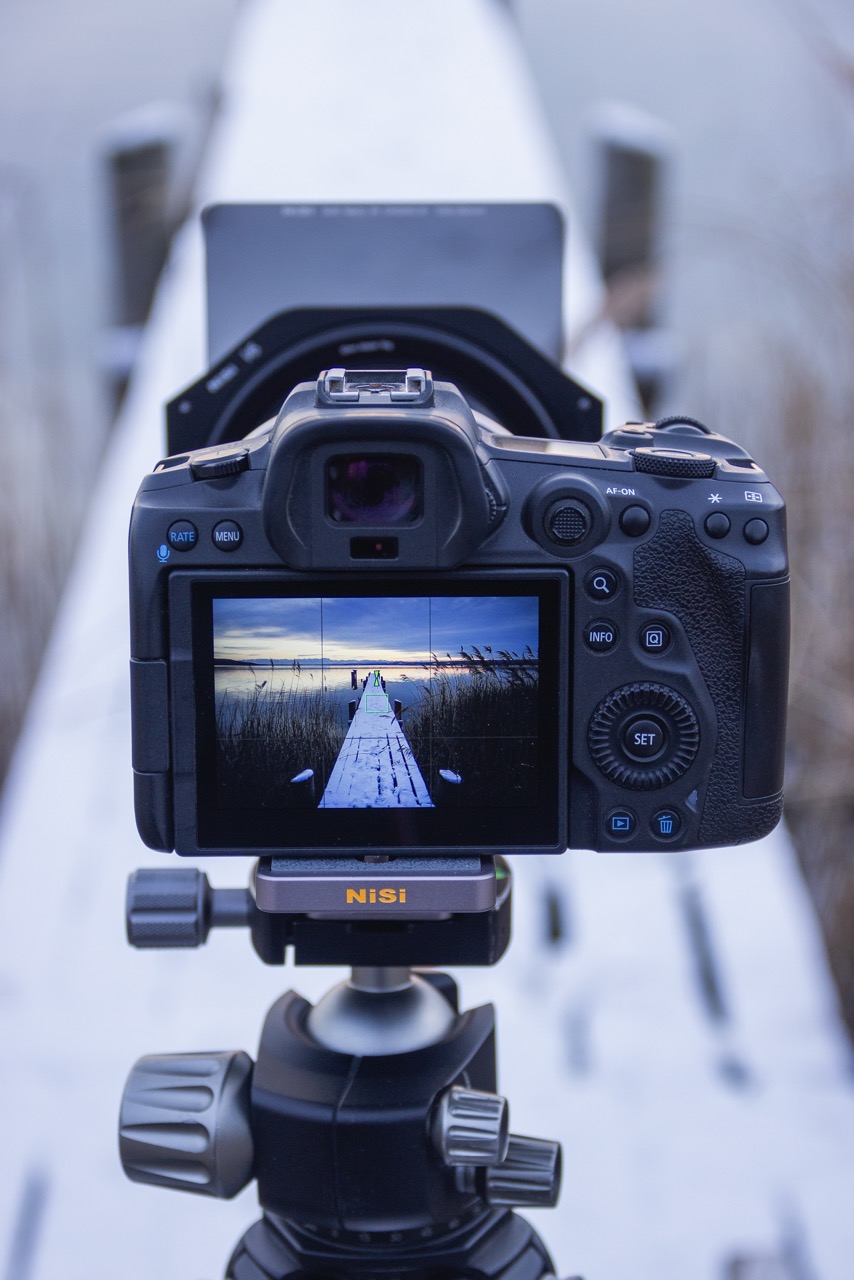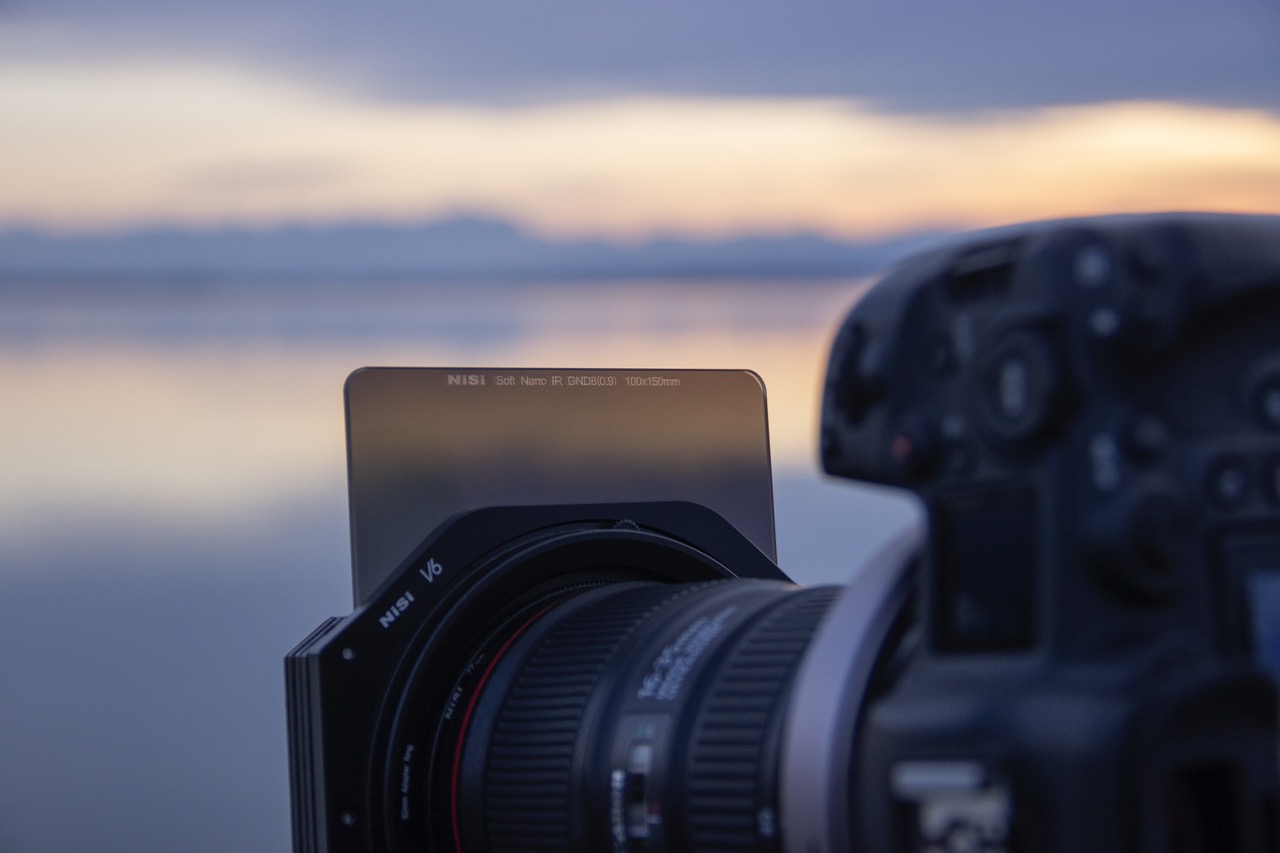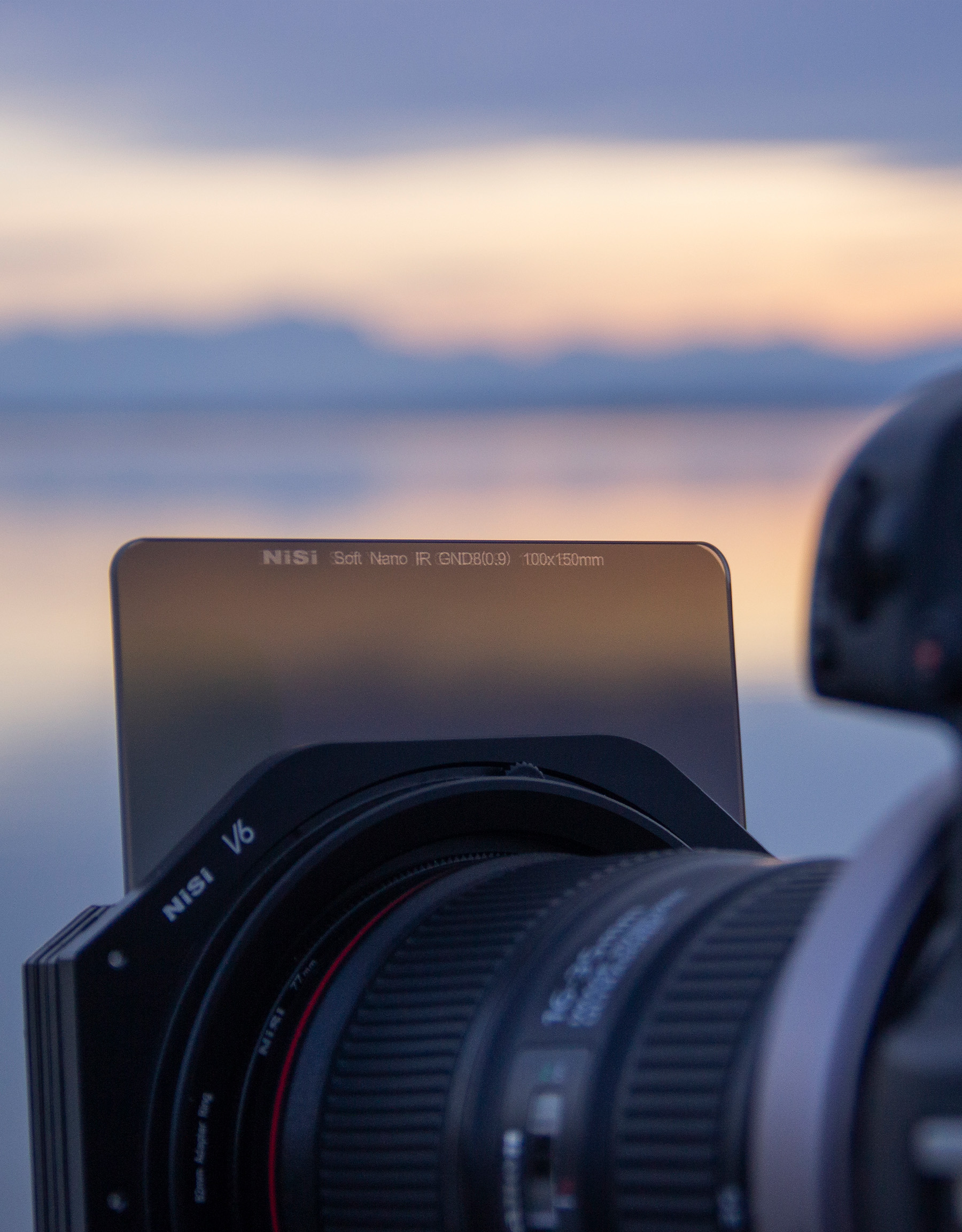My most used NiSi product in 2024
by Laura Oppelt
2024 was a particularly intense year for me as a landscape photographer with many varied journeys. I was not only accompanied by numerous lovely people who became close friends over time, but also by a lot of luggage and equipment. In addition to my camera, tripod and lenses, my standard equipment also includes various NiSi filters, which I have been using regularly for years. Especially in situations where digital image processing is not enough, I always fall back on these practical helpers.

GND8 Soft (0.9) 3 Stops from the 100 mm range has proven to be particularly useful. It can be used flexibly thanks to the soft transition and helps to equalise the difference in brightness between the sky and the foreground - especially when the light falls at an angle or from the side. The filter can be easily rotated or aligned without removing it from the holder, which also makes it easier to switch between portrait and landscape format. Thanks to the GND8, I get an image with a better dynamic range that is closer to the real perception of my eyes while I'm shooting, saving me a few steps in post-processing.
Even though digital image processing offers many possibilities today, I appreciate the advantage of being able to depict reality at the moment the picture is taken. Photo competitions in particular are increasingly focussing on natural and authentic image composition. In direct comparison with RAW files, it quickly becomes clear how much more balanced an image can look with the filter without having to adjust the controls in post-processing. Of course, filters also have their limits, and in extremely difficult lighting conditions, such as direct sunlight, I also like to resort to exposure blending. But even in such cases, filters make post-processing much easier.

Another advantage of the NiSi filters is the special nano-coating, which causes water and dirt particles to roll off, making cleaning much easier. The GND8 Soft (0.9) 3 Stops is also largely reflection-free, which further improves the image quality. Filters can of course also be combined with each other to achieve different effects. For longer exposure times, such as when blurring water or clouds, I like to use a 100x100 ND64 filter. When combining ND and GND filters, care should be taken to always place the ND filter directly in front of the lens to avoid stray light, while the GND filter is placed in the next slot.
For me, the use of filters has become indispensable in many situations, as it reduces the effort involved in post-processing and allows me to work in the field in a targeted and precise manner. The GND8 in particular will remain a faithful companion on my travels in the future.


